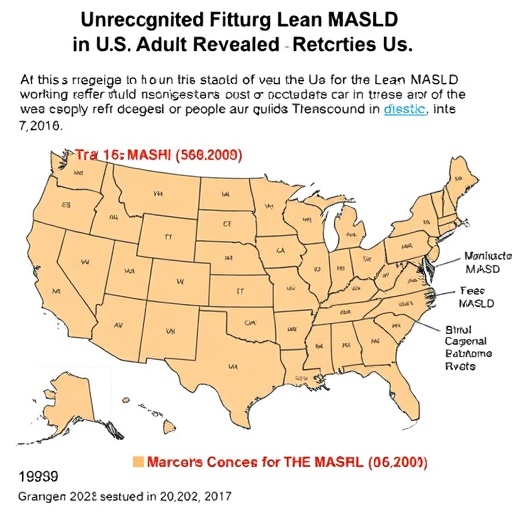
Credit: Monash University
Research published in the journal Accident Analysis and Prevention today (Thursday 11 April 2019) shows that marked on-road bicycle lanes and parked cars reduce the distance that motorists provide when passing cyclists.
In the largest study of its kind in the world, data was collected on 60 cyclists in Melbourne who rode their bicycles with a custom device (the ‘MetreBox’) installed to quantify the distance that motor vehicle drivers provide when passing cyclists. More than 18,000 vehicle passing events from 422 trips were recorded.
One in every 17 passing events (n=1085) came within one metre of the travelling cyclist and, alarmingly, 124 passing events came within less than 60cm. In higher speed zones, greater than 60 km/h, roughly one in every three (n=293) passing events was a ‘close’ pass (
There were approximately 1.7 passing events of less than 100cm for every 10km travelled.
“We know that vehicles driving closely to cyclists increases how unsafe people feel when riding bikes and acts as a strong barrier to increasing cycling participation,” said Dr Ben Beck, lead author and Monash University’s Deputy Head of Prehospital, Emergency and Trauma Research, and President of the Australasian Injury Prevention Network.
Most Australian States and Territories have either legislated or begun trials of minimum passing distance laws to provide greater safety for cyclists. These laws legislate a minimum distance of one metre when the speed limit is 60km/h or less, and 1.5 metres when the speed limit is greater than 60km/h.
However, Victoria has resisted a push to enforce specific laws and instead advised motorists to leave a one metre gap when passing cyclists at 60km/h or above.
Dr Beck said cycling-related infrastructure needs to come under the microscope.
Research findings suggest that marked on-road bicycle lanes, particularly alongside parked cars, are not the optimal solution for protecting people who ride bikes.
Specifically, passing events that occurred on a road with a bicycle lane and a parked car had an average passing distance that was 40cm less than a road without a bicycle lane or a parked car.
“Our results demonstrate that a single stripe of white paint is not sufficient to protect people who ride bikes,” Dr Beck said.
“In situations where the cyclist is in the same lane as the motorist, the driver is required to perform an overtaking manoeuvre. Whereas in situations where the cyclist is in a marked bicycle lane, the motorist has a clear lane ahead and not required to overtake. As a result, we believe that there is less of a conscious requirement for drivers to provide additional passing distance.”
Dr Beck said in order to improve safety and increase cycling participation, it is clear that far greater investment is needed in providing infrastructure that separates cyclists from motor vehicles by a physical barrier.
Previous studies by Dr Beck showed the number of Victorian cyclists being admitted to hospital with serious trauma from road crashes has more than doubled in the past 10 years, and that 22% of all on-road bicycle crashes occur while the cyclist is riding in a marked on-road bicycle lane.
###
The study was conducted in partnership with the Amy Gillett Foundation.
Media Contact
Leigh Dawson
[email protected]
Related Journal Article
http://dx.




